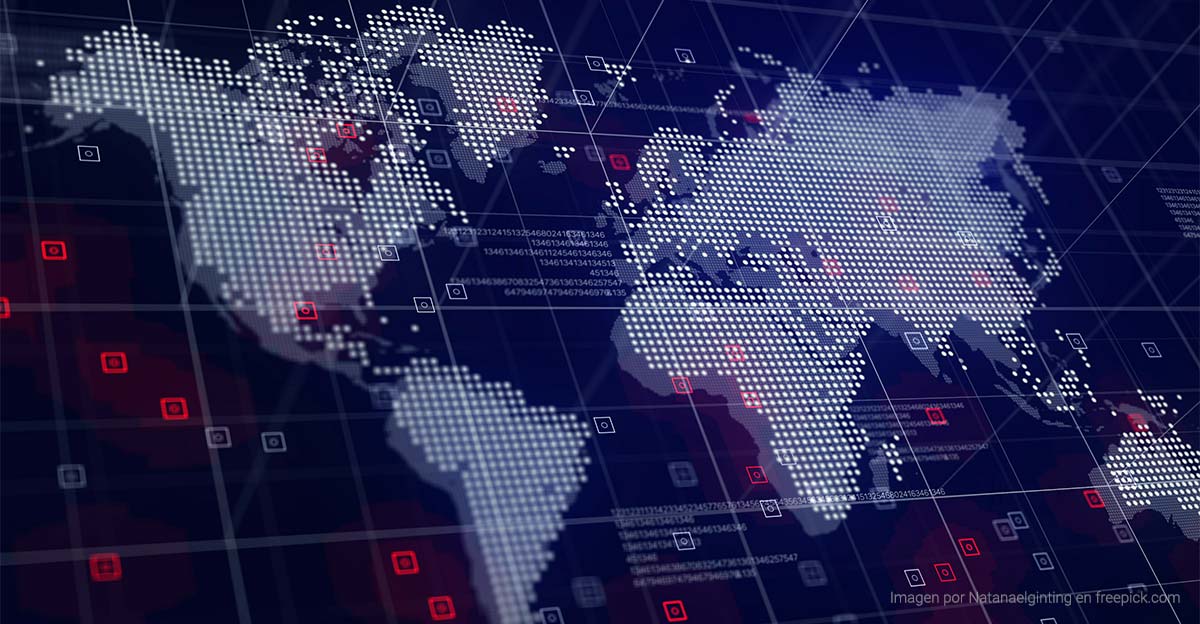The editorial criteria that scientific journals must accomplish to become part of some indexes or databases are parameters for the evaluation of the journals in terms of the scientific rigor of their processes, the transparency of their methods, and other operating conditions.
The editorial quality indexes evaluate journals considering criteria that, like the scientific journal itself, have evolved and adapted to the changes made by the use of technology and the dynamics that have arisen in terms of scientific communication. In our region, Latindex established a base with the editorial criteria defined in 2012 for the incorporation of scientific journals in its Catalog 1.0; subsequently, Redalyc and SciELO adjusted these criteria to their own experiences.
These international standards defined as common criteria can be in three categories and, although each index of editorial quality adjusts them to its editorial policy, it can be considered that their compliance to them is assessed in the same way in any index.
These categories can be stablished in the following way:
- Editorial identity and typology of articles criteria (editorial policy)
- Peer-reviewed criteria
- Structural criteria
In the first category, the editorial criteria that allow the appropriate identification of the scientific journal (ISSN, publishing institution, country, subject area, etc.) can be found, as well as those who offer information about the content of a fascicle (type of document: investigation article, essay, review, section in which it belongs, number of articles per year and other similar criteria).
Within the peer-reviewed criteria, we can find those that indicate relevant data about the peer evaluation process, the evaluation type, the time of the process, the phases that it has, and the possible results. These criteria define the scientific aspect of the research results.
The structural criteria are defined by those who are part of the organizational level of scientific journals, the Editorial board, the scientific board and, also, they contemplate the use of editorial rules that authors must follow, the use of quoting rules, the structure of scientific articles and of the general fascicle.
During 2018, through 13 online sessions, various presentations where held on the framework of the Permanent Communication of Open Science Seminar, with national and international guests, where each dedicated a space to a particular topic on the Communication of Science. The mentioned themes were: Open Access to knowledge, Management of academic profiles, writing and structure of a scientific article, visibility and impact of science, among others.
It is possible to access the first session of this seminar through the following link: https://www.youtube.com/watch?v=RWpO9F0i1ZY


Leave a Reply